Rudra Saha
Wavelets to the Rescue: Improving Sample Quality of Latent Variable Deep Generative Models
Oct 26, 2019

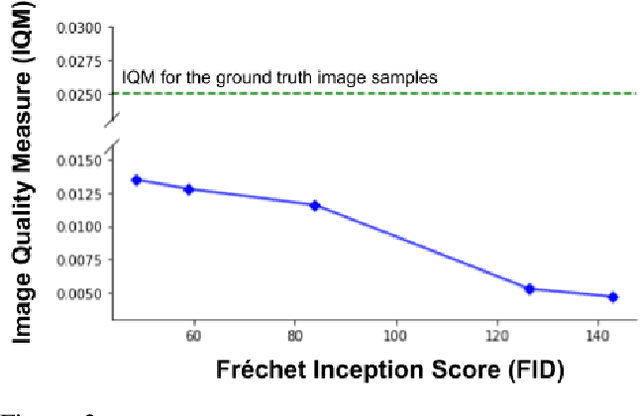
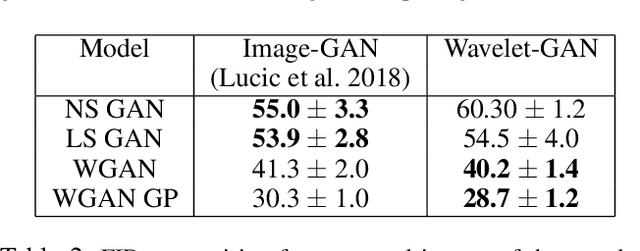
Abstract:Variational Autoencoders (VAE) are probabilistic deep generative models underpinned by elegant theory, stable training processes, and meaningful manifold representations. However, they produce blurry images due to a lack of explicit emphasis over high-frequency textural details of the images, and the difficulty to directly model the complex joint probability distribution over the high-dimensional image space. In this work, we approach these two challenges with a novel wavelet space VAE that uses the decoder to model the images in the wavelet coefficient space. This enables the VAE to emphasize over high-frequency components within an image obtained via wavelet decomposition. Additionally, by decomposing the complex function of generating high-dimensional images into inverse wavelet transformation and generation of wavelet coefficients, the latter becomes simpler to model by the VAE. We empirically validate that deep generative models operating in the wavelet space can generate images of higher quality than the image (RGB) space counterparts. Quantitatively, on benchmark natural image datasets, we achieve consistently better FID scores than VAE based architectures and competitive FID scores with a variety of GAN models for the same architectural and experimental setup. Furthermore, the proposed wavelet-based generative model retains desirable attributes like disentangled and informative latent representation without losing the quality in the generated samples.
Spatial Knowledge Distillation to aid Visual Reasoning
Dec 11, 2018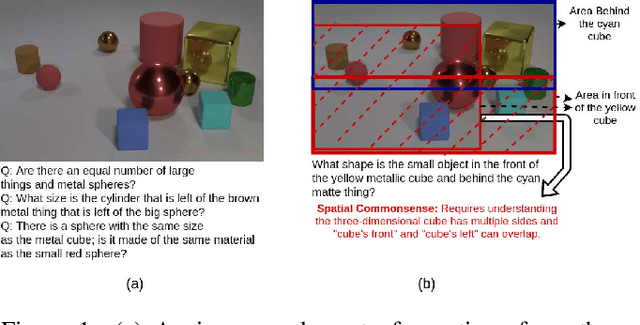

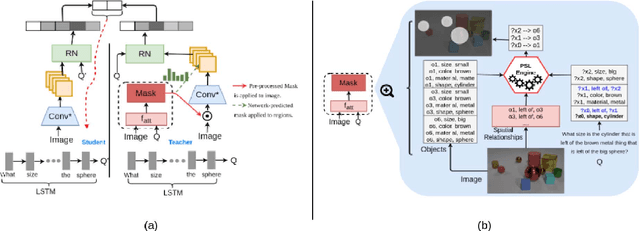
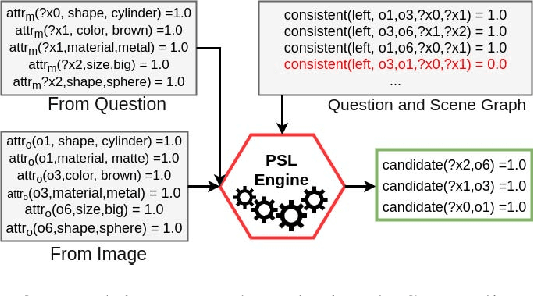
Abstract:For tasks involving language and vision, the current state-of-the-art methods tend not to leverage any additional information that might be present to gather relevant (commonsense) knowledge. A representative task is Visual Question Answering where large diagnostic datasets have been proposed to test a system's capability of answering questions about images. The training data is often accompanied by annotations of individual object properties and spatial locations. In this work, we take a step towards integrating this additional privileged information in the form of spatial knowledge to aid in visual reasoning. We propose a framework that combines recent advances in knowledge distillation (teacher-student framework), relational reasoning and probabilistic logical languages to incorporate such knowledge in existing neural networks for the task of Visual Question Answering. Specifically, for a question posed against an image, we use a probabilistic logical language to encode the spatial knowledge and the spatial understanding about the question in the form of a mask that is directly provided to the teacher network. The student network learns from the ground-truth information as well as the teachers prediction via distillation. We also demonstrate the impact of predicting such a mask inside the teachers network using attention. Empirically, we show that both the methods improve the test accuracy over a state-of-the-art approach on a publicly available dataset.
 Add to Chrome
Add to Chrome Add to Firefox
Add to Firefox Add to Edge
Add to Edge